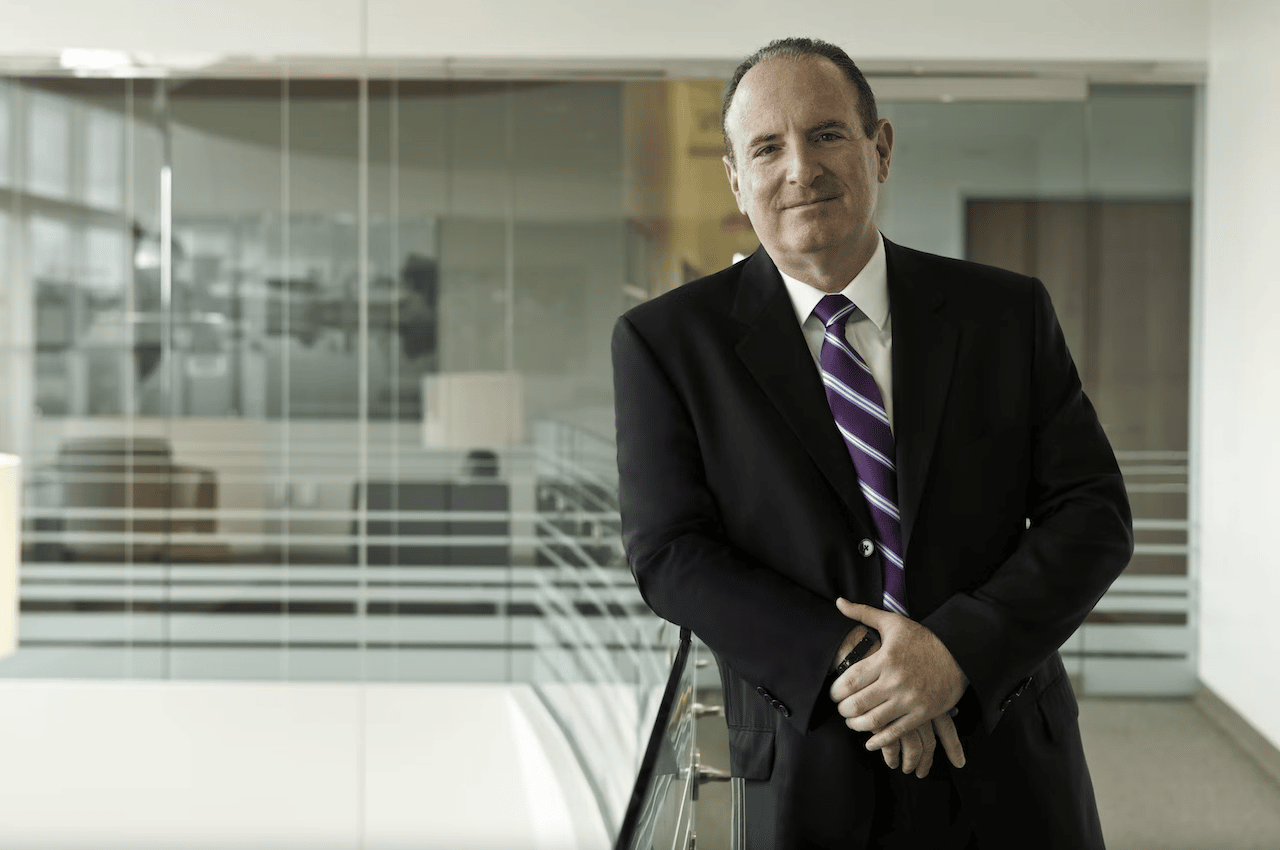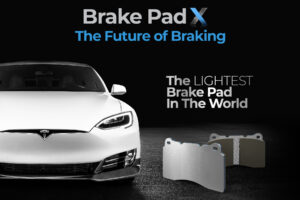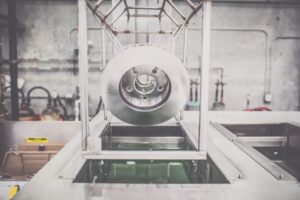Dan Sandberg spent has spent some 25 years in the braking industry, originally, in a variety of roles including president, with Hayes Lemmerz International Inc., then 16 years as the president/chief-executive officer of Brembo North America, Inc. He retired from Brembo last year but has continued to participate within the industry.
The braking veteran sat down this week with The BRAKE Report to discuss the industry’s evolution during his tenure within it as well as where the future might lead.
Sandberg took on a number of topics about the brake industry today and where it is going. Here are some highlights from the interview, the entirety of it can be viewed on The BRAKE Report’s YouTube channel.
Consolidation: “One [change] I think is in the consolidation in the industry. I can remember when I first got into the brake business, there were probably 10 or 11, relatively strong brake system manufacturers, and you look today, I would say, there may be a handful, three or four that really stand out. And that was primarily because, they were all spending a lot of money 20, 25 years ago on electronics, and trying to automate the brake business.”
Integration of brake-company operating software into OEM systems: “the challenge I think brake guys are going to have is everyone knows that the OEMs are trying to build one single control unit that coordinates all software. And they’re going to want to integrate the brake software into that. There’s been billions of dollars that the brake manufacturers have put into software and developing some really, really great technology. How do you handle that software? How do you hand it over to the OEMs because they want to integrate it; they want to understand how it works; they want to understand the code; they want to put it in their black box. So, it’s going to be very, very interesting and very, very challenging to see how that gets done.”
Move to brake-by-wire and electrified brakes: “A lot of manufacturers on the brake side, and even the OEMs want to take all the fluid out of the vehicle. So, they want to electrify from the pedal all the way through to the mechanism, that’s actually clamping the caliper onto the rotor.
“That’s a pure concept, if you will, a brake by wire. But then again, there’s some OEMs, who say, ‘I’m not so concerned about eliminating the fluid, I’m going to leave the fluid in the corner just to actuate the caliper, and I’m going to electrify the pedal, maybe get rid of the master cylinder and do some semi electrification.’”
“So exactly what brake by wire is is the question; are you just automating or electrifying the existing system? Or are you totally redeveloping the system. Brembo has taken a position to almost redevelop the whole system, rather than trying to electrify each little piece that used to be there. It’s a different a different philosophy on the part of the customer. It’s a different philosophy on the part of the suppliers.
“These are safety systems. And they always have been, and they’re [OEMs] slow to make changes on systems that work and are safe. So, I think we’ll see an evolution. I don’t think brakes will electrify as fast as the vehicles are going to electrify.”
What is the future of traditional friction brakes as the auto industry moves to electrification: “Foundation brakes are going to survive in the era of regen. What I like to say is one word, and that word is half. It’s very likely that when you look at the number of brakes that we’re making today that that number could get very close to half of what it is now. Because I think a lot of OEMs are starting to say, ‘look, I got a brake system that does not have as much wear and tear on it, it’s going to last longer. And it doesn’t go through the same wear and tear because of regen helping out that brake system do its job.’”








